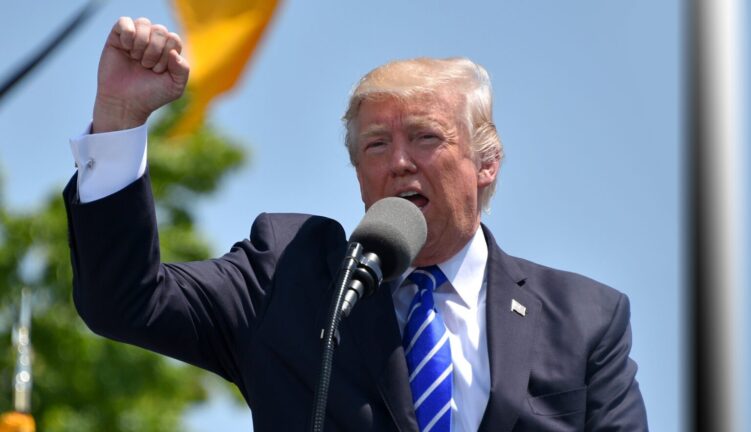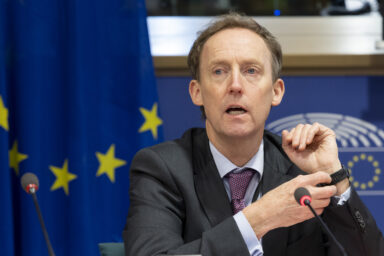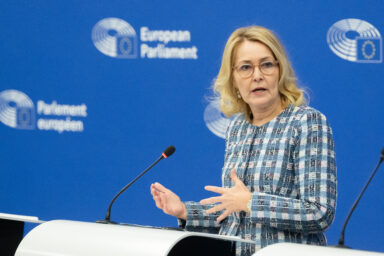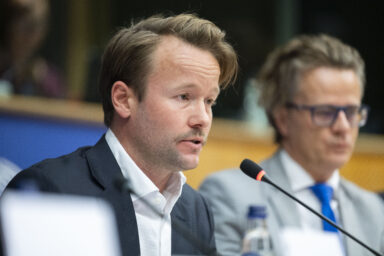The European Union on Friday awaited confirmation of a formal letter from U.S. President Donald Trump, signalling new tariff hikes on European exports. So‑called “tariff letters” have become a key instrument in the administration’s trade negotiations, even with longstanding partners.
Similar letters were sent this week to a number of countries including Moldova, Algeria, Sri Lanka, and Japan. On Thursday, Washington also announced a 35 per cent tariff on most imports from Canada. This, despite the recent agreement by Canada to withdraw its planned digital services tax.
Mr. Trump has frequently framed pre‑election U.S. trade deficits as evidence the country was being “ripped off.” Since resuming office, he has intensified pressure on multiple trading partners using this narrative.
Brussels adopts cautious stance
EU negotiators had until July 9 to finalise a tentative trade framework, but the White House later extended that deadline to August 1. The EU’s proposed deal would establish a 10 per cent baseline tariff and offer exemptions for critical industries such as aerospace and spirits. Discussions are also underway regarding the existing 25 percent tariff on cars.
Following Trump’s announcement that a letter to Brussels was imminent, European Commission officials publicly took a wait‑and‑see approach. No new meetings have been scheduled this weekend.
You might be interested
Retaliation and escalation risk
According to Politico, the EU’s retaliatory duties—targeting €21.5 billion in U.S. goods—are slated to take effect early on Tuesday, July 15. However, EU officials can easily delay or suspend this action at the last minute under an emergency “urgency” procedure.
The U.S. could move forward with its so‑called “Liberation Day” tariff plan first floated on April 2, if no agreement is reached by the revised August 1 deadline. That framework envisages additional duties on global imports ranging from 10 to 50 per cent.











